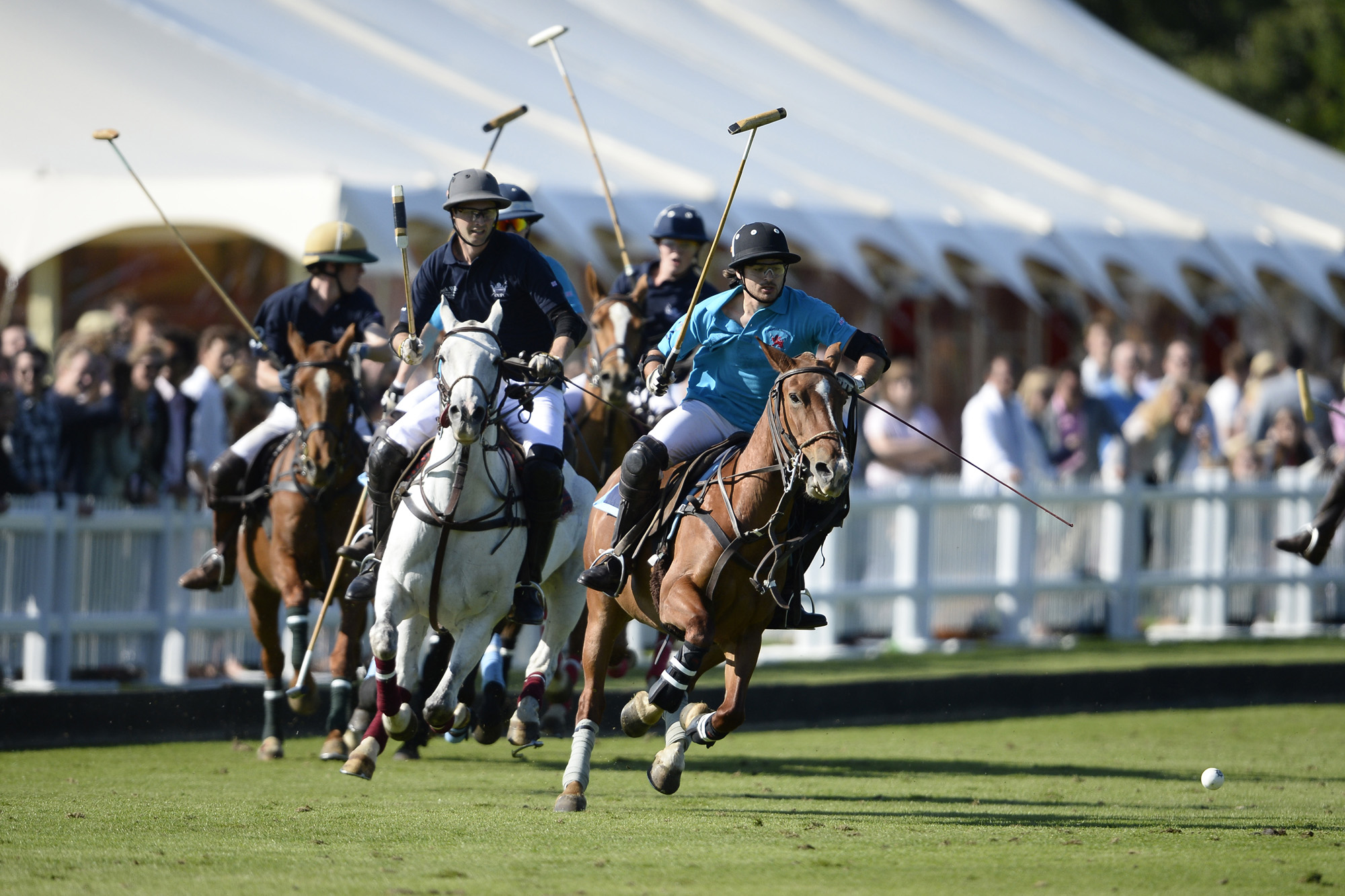How to play polo
- Introduction to Polo
- Understanding Polo Rules: Part 1
- Understanding Polo Rules: Part 2
Understanding Polo Rules: Part 2
Understanding Penalty Shots and Free Hits in Polo

Equestrian team sport.
Polo, a fast-paced and strategic game, is governed by a complex set of rules. Among these, the regulations surrounding penalty shots and free hits play a crucial role in the game's dynamics. This article aims to provide a comprehensive understanding of these aspects.
Penalty Shots
Penalty shots in Polo are awarded when a foul is committed. The severity and type of the foul determine the type of penalty shot awarded. There are five types of penalty shots, numbered from 1 to 5, with each number corresponding to a specific distance from the goal.
- Penalty 1: This is awarded for a severe or dangerous foul. It results in an automatic goal for the fouled team, and the teams change ends.
- Penalty 2: This is a free shot, taken 30 yards from the goal line, with the defending team only able to defend from behind the goal line.
- Penalty 3: This is a free shot, taken 40 yards from the goal line, undefended.
- Penalty 4: This is a free shot, taken 60 yards from the goal line, undefended.
- Penalty 5: This is a free shot, taken from the spot where the foul occurred or from the center of the field, depending on the umpire's decision.
Free Hits
Free hits are awarded in various situations, such as when the ball goes out of bounds or after a goal is scored. The team that did not hit the ball out of bounds or the team that was scored upon gets the free hit. The ball is placed at the spot where it crossed the boundary line, and the player is free to hit the ball in any direction.
Impact on Game Strategy
Penalty shots and free hits significantly impact the game's strategy. Teams often devise tactics to draw fouls from the opposing team to earn penalty shots. Similarly, teams try to avoid committing fouls to prevent giving away penalty shots.
Free hits also provide strategic opportunities. Teams can use these to reposition the ball, launch an attack, or disrupt the opposing team's formation.
In conclusion, understanding penalty shots and free hits is crucial for anyone seeking to understand or play Polo. These rules not only add to the game's complexity but also contribute to its strategic depth.